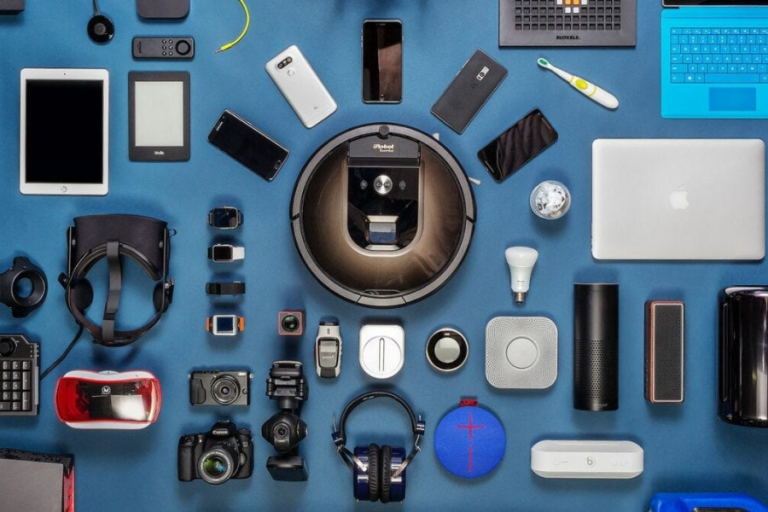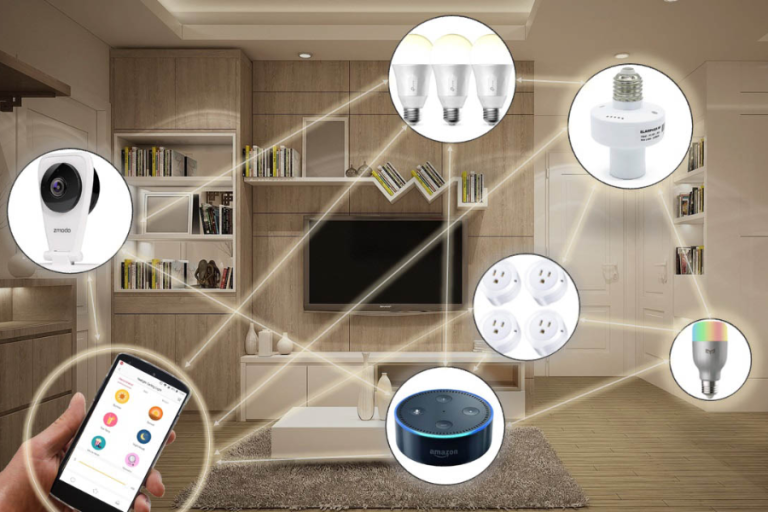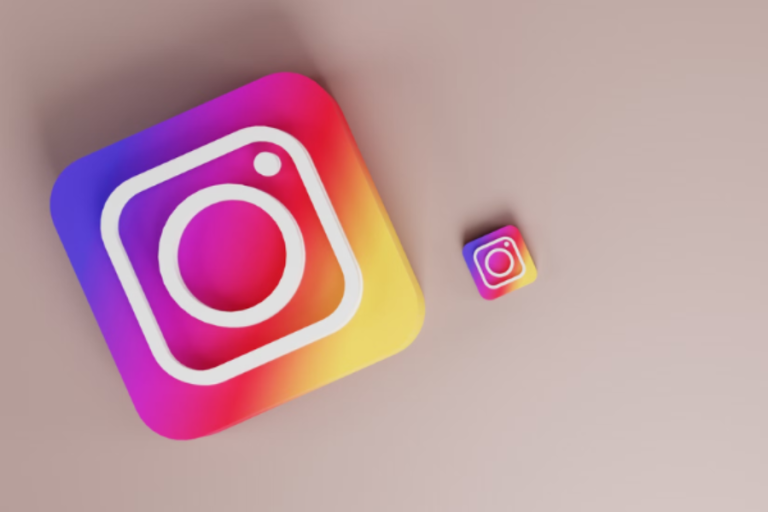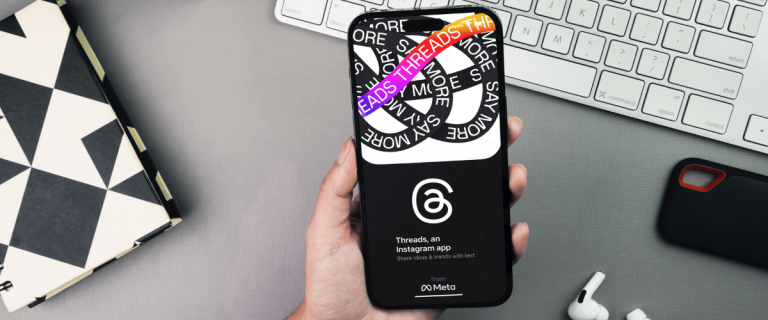The Rise of Foldable Phones: Is It Worth the Hype?
In the ever-evolving world of mobile technology, few innovations have created as much buzz as foldable phones. From sleek advertisements to jaw-dropping launch events, foldable devices have become a central talking point in both tech media and mainstream conversations. But beneath the glamour and excitement lies a more grounded question—is the rise of foldable phones truly worth the hype?Let’s explore this phenomenon from every angle, backed by real-world trends, consumer behavior, and the evolving needs of modern users.
A Brief Look at the Foldable Phone Revolution
The concept of foldable phones isn’t new. For decades, manufacturers have dreamed of creating devices that combine portability with large displays. It wasn’t until late 2018 and early 2019, however, that companies like Samsung and Huawei brought foldable designs to life. The Galaxy Fold and Mate X were among the first true commercial attempts, and they sparked a conversation about what the future of smartphones could look like.From those early models emerged a new wave of devices that aimed to improve on flaws, refine usability, and offer something beyond the traditional smartphone slab.
What Makes Foldable Phones Unique
At their core, foldable phones attempt to offer the best of both worlds—a compact, pocket-friendly device that can unfold into a larger, tablet-sized screen. This dual functionality provides multiple benefits:
- Multitasking Power: Users can run multiple apps side by side, making foldables attractive to power users.
- Immersive Display: Whether it’s video streaming or gaming, the larger screen improves media consumption.
- Cutting-Edge Appeal: Foldables are status symbols. They represent technological progress and innovation.
These unique characteristics certainly add to the hype, but innovation often comes with challenges.
The Cost of Innovation
Foldable phones are far from cheap. In fact, some models retail for nearly double the price of standard flagship devices. For many consumers, the hefty price tag remains the biggest barrier to entry.
Manufacturers justify the cost by pointing to the engineering required. Flexible OLED displays, complex hinge mechanisms, and reinforced materials drive up production costs. Still, the average user may question whether these features are enough to justify spending over a thousand dollars.Moreover, early adopters have reported issues ranging from screen creases to hinge wear, and while improvements have been made, skepticism still lingers in the market.
Durability Concerns and Real-World Use
Smartphones are used constantly—slid into pockets, dropped on floors, exposed to heat and dust. Foldable phones introduce a level of fragility due to their folding displays and mechanical hinges.
Although brands like Samsung have improved their foldables with features like ultra-thin glass and water resistance, the question remains: can these devices endure years of regular use?The average consumer may not be willing to risk such a high investment on a product that feels more delicate than durable.
Productivity Versus Portability
One of the major selling points of foldable phones is productivity. The ability to work on spreadsheets, attend video calls, and edit documents on a wider screen is a clear advantage for professionals on the go.
However, not everyone needs that level of productivity from a phone. For casual users, who use their phones for social media, messaging, and media consumption, a foldable might feel like overkill. The added size and weight can even be inconvenient for daily use.This divide between productivity seekers and casual users plays a significant role in how the market reacts to foldables.
Is the Market Ready?
As of 2025, the foldable phone market is still in a growing phase. Sales have steadily increased year-over-year, but foldables remain a niche segment. Major players like Samsung, Google, and Motorola continue to refine their designs, while new entrants test the waters.
Analysts believe that it may take another few years before foldables reach mass-market appeal. To do so, manufacturers must address three key issues:
- Price: Bringing costs down will make foldables accessible to more users.
- Durability: Continued improvements in build quality are essential.
- Software Optimization: Apps and user interfaces must evolve to take full advantage of foldable screens.
Only when these factors align can foldable phones become more than just a luxury item for early adopters.
The Techno Tricks View: Hype or Future Standard?
From the perspective of evolving digital habits, foldable phones do have a place in the future of technology. They signal a shift in how users interact with screens, consume content, and manage multitasking.However, the hype must be met with reality. Until durability and affordability improve, foldables will remain impressive, yet impractical, for a large portion of the population.
The Techno Tricks believes that foldables are not just a passing trend. They are a glimpse into where smartphone design is heading. Whether they become the norm or remain a high-end niche will depend on how manufacturers respond to market feedback over the next few years.
Conclusion:
If you’re a tech enthusiast, early adopter, or someone who values innovation and productivity, a foldable phone might be worth exploring. The experience is undeniably unique, and the wow factor is real.
However, for the average user, the current generation of foldables may not yet offer enough practical advantages to outweigh their high cost and potential fragility.In short, the rise of foldable phones is real—but whether it’s worth the hype depends on who you are and what you need from your device.





